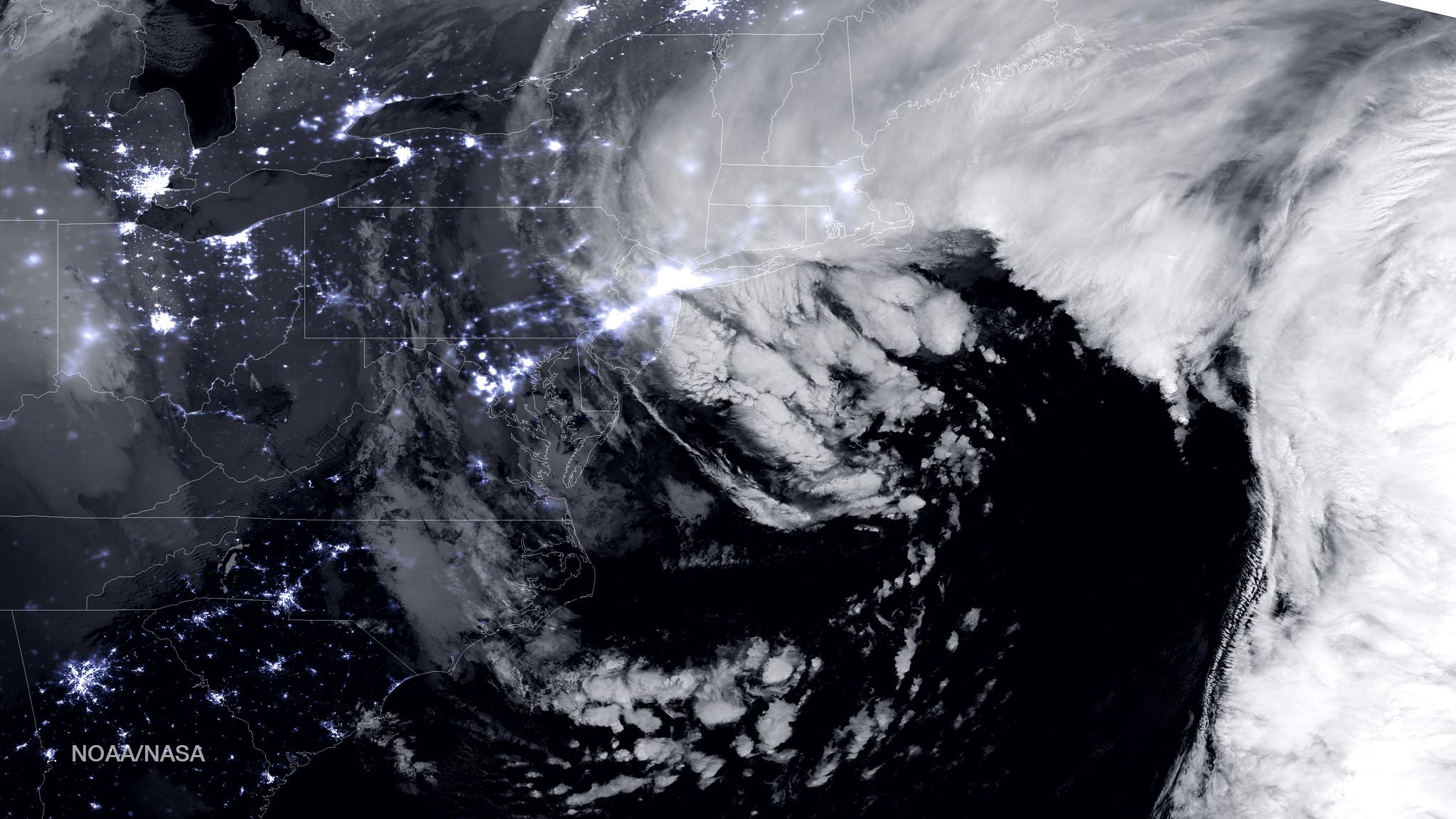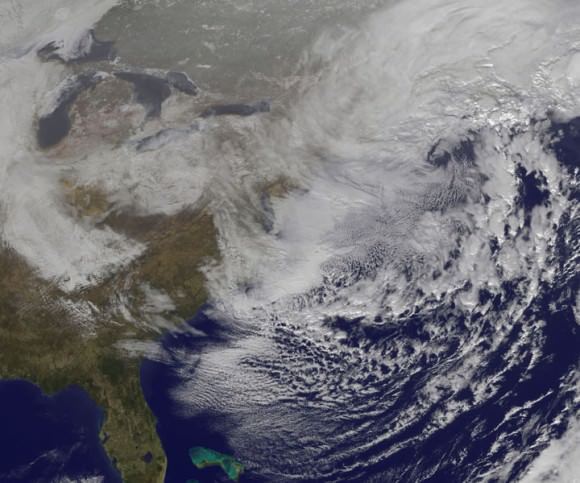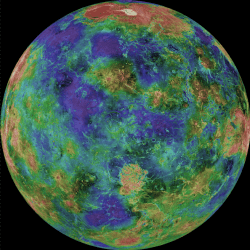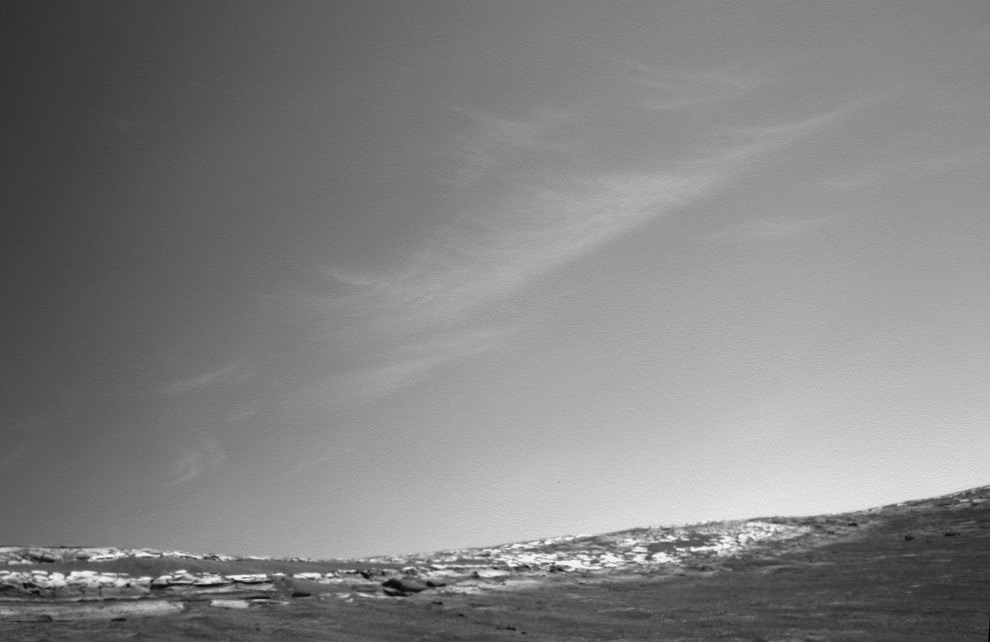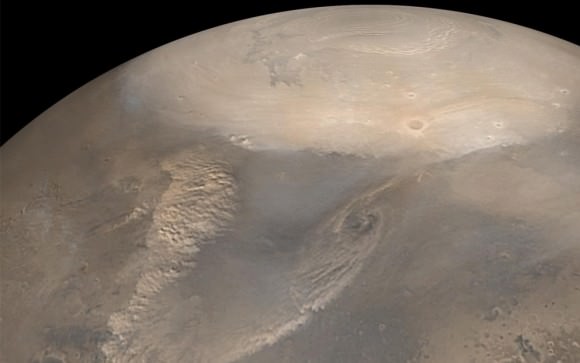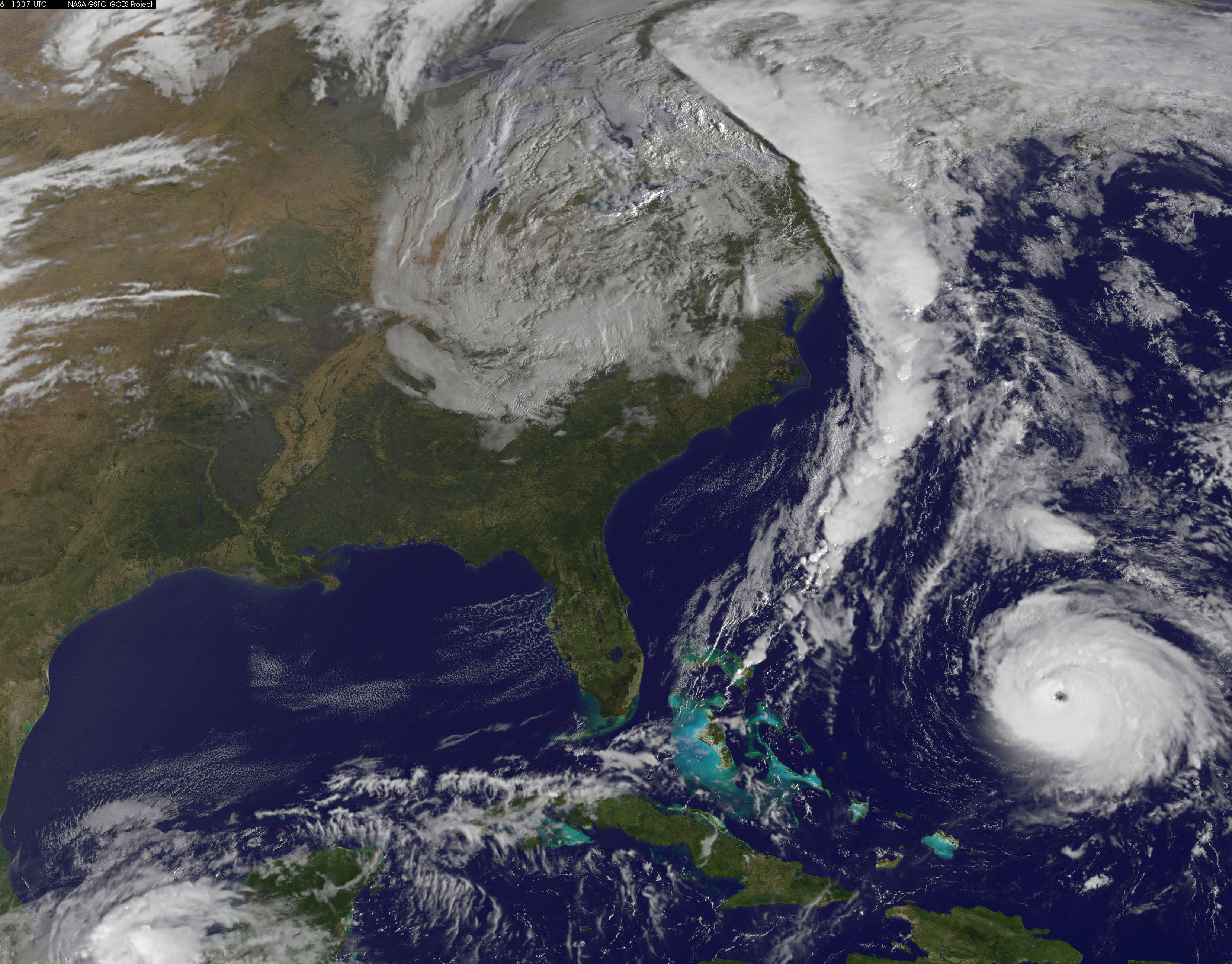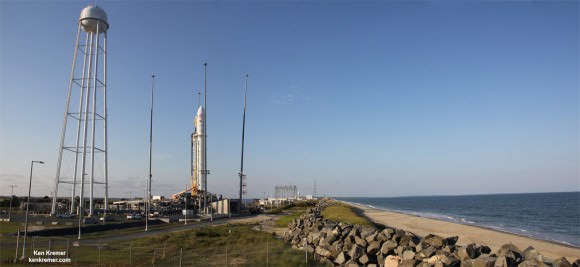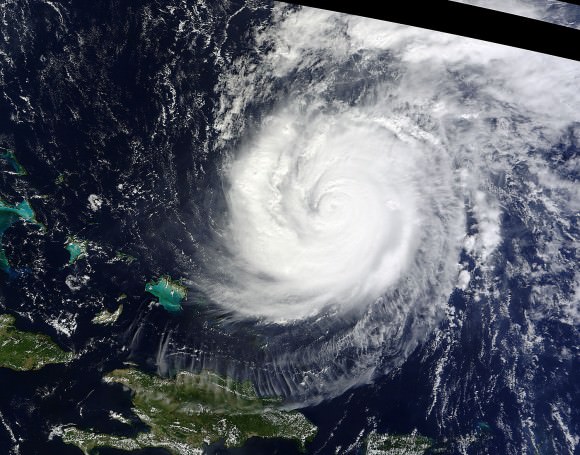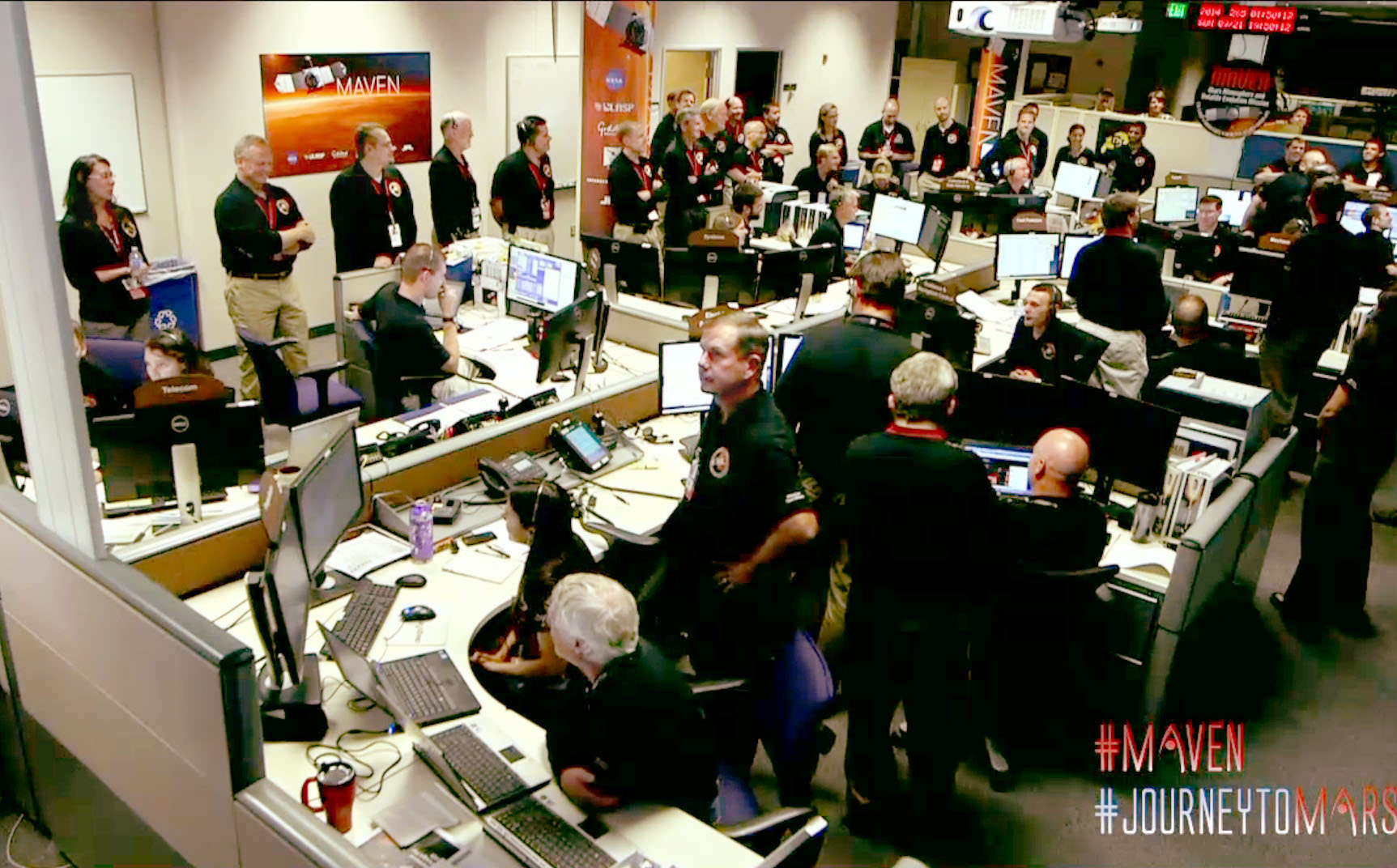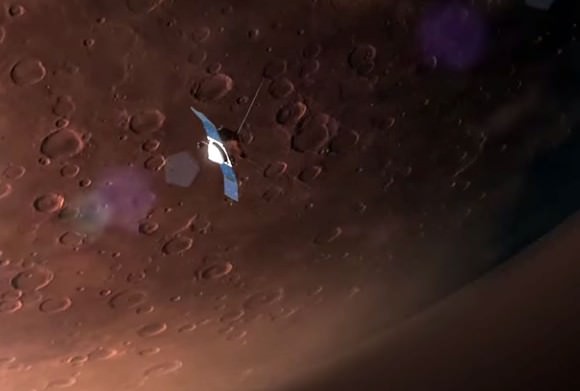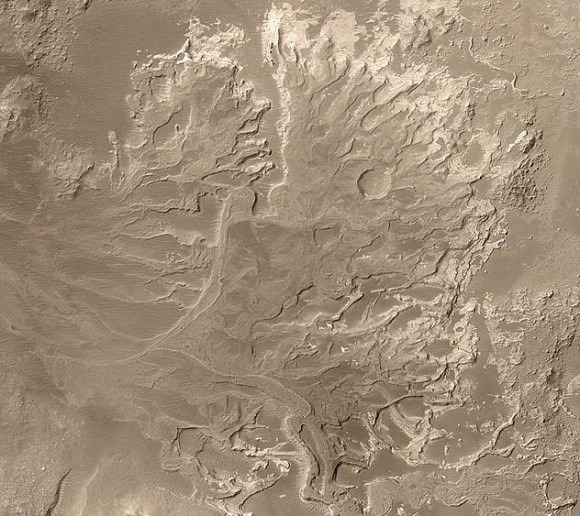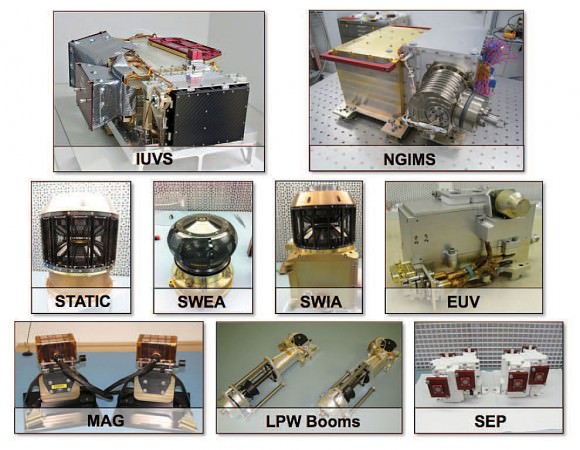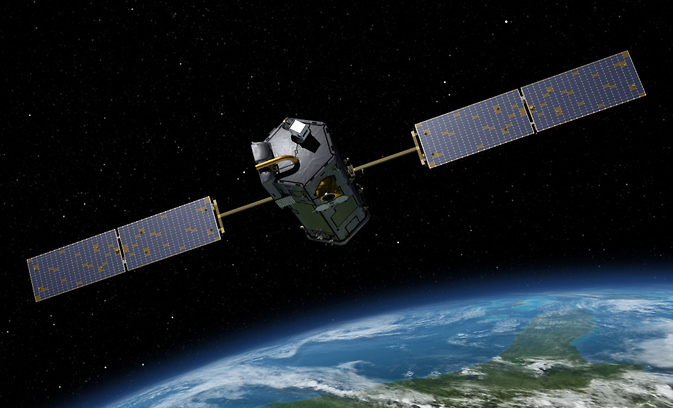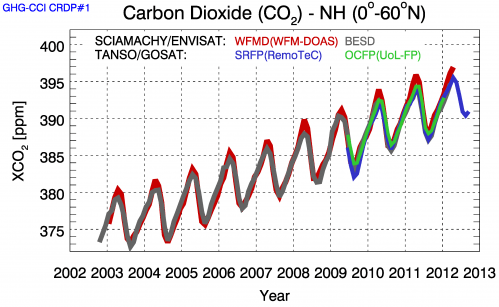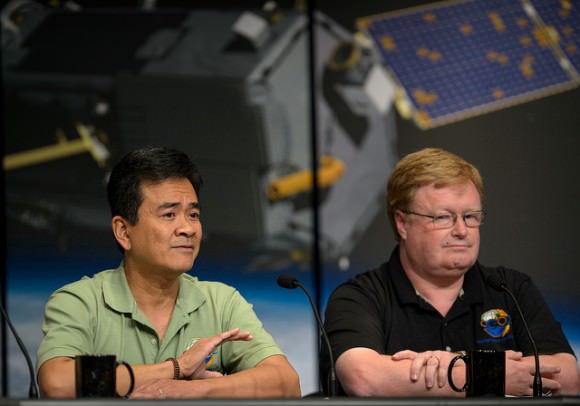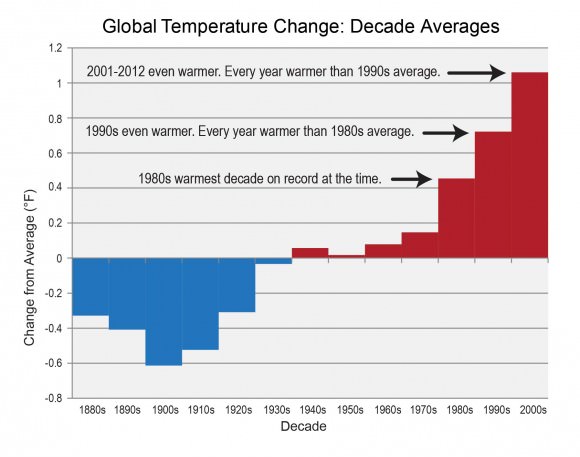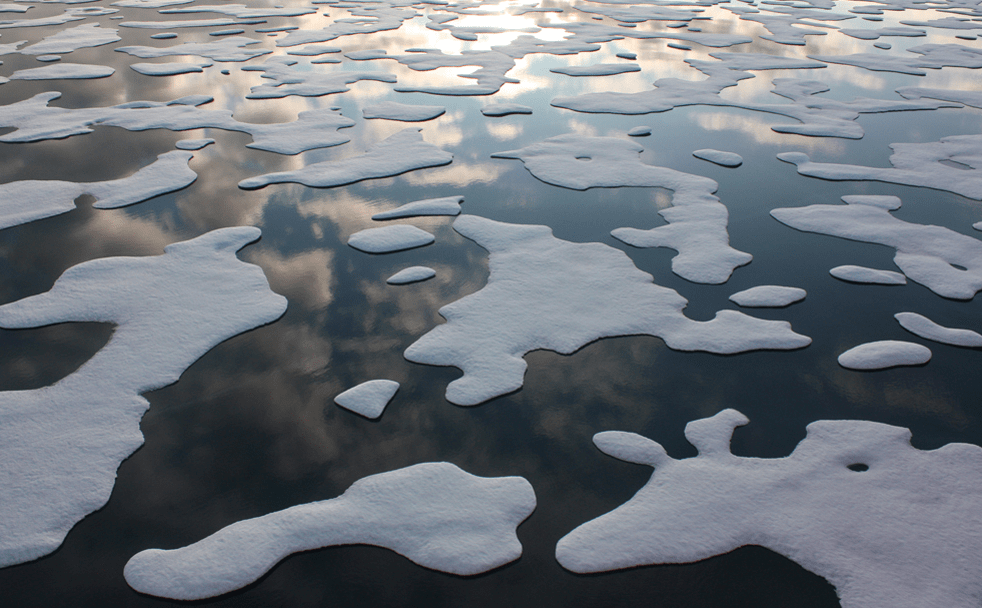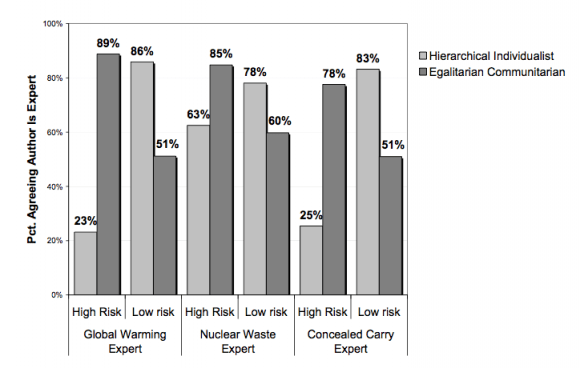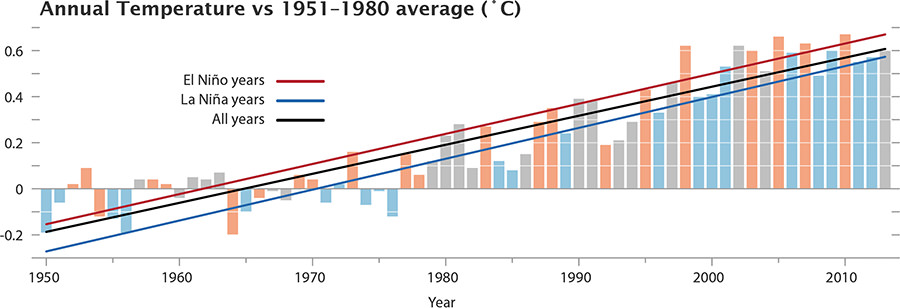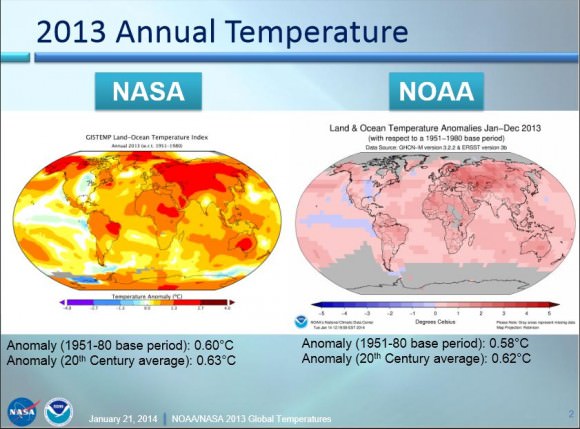It’s long been humanity’s dream to do something useful with our smartphones. Sure, we can take selfies, and post pictures of our meals, but true smartphone greatness has eluded us. Until now, that is.
Thanks to NASA, we can now do some citizen science with our ubiquitous devices.
For over 20 years, and in schools in over 110 countries, NASA’s Global Learning and Observations to Benefit the Environment (GLOBE) program has helped students understand their local environment in a global context. Now NASA has released the GLOBE Observer app, which allows users to capture images of clouds in their local environment, and share them with scientists studying the Earth’s climate.
“With the launch of GLOBE Observer, the GLOBE program is expanding beyond the classroom to invite everyone to become a citizen Earth scientist,” said Holli Riebeek Kohl, NASA lead of GLOBE Observer. The app will initially be used to capture cloud observations and images because they’re such an important part of the global climate system. But eventually, GLOBE Observer will also be used to observe land cover, and to identify types of mosquito larvae.
GLOBE has two purposes. One is to collect solid scientific data, the other is to increase users’ awareness of their own environments. “Once you collect environmental observations with the app, they are sent to the GLOBE data and information system for use by scientists and students studying the Earth,” said Kohl. “You can also use these observations for your own investigations and interact with a vibrant community of individuals from around the world who care about Earth system science and our global environment.”
Clouds are a dynamic part of the Earth’s climate system. Depending on their type, their altitude, and even the size of their water droplets, they either trap heat in the atmosphere, or reflect sunlight back into space. We have satellites to observe and study clouds, but they have their limitations. An army of citizen scientists observing their local cloud population will add a lot to the efforts of the satellites.
“Clouds are one of the most important factors in understanding how climate is changing now and how it’s going to change in the future,” Kohl said. “NASA studies clouds from satellites that provide either a top view or a vertical slice of the clouds. The ground-up view from citizen scientists is valuable in validating and understanding the satellite observations. It also provides a more complete picture of clouds around the world.”
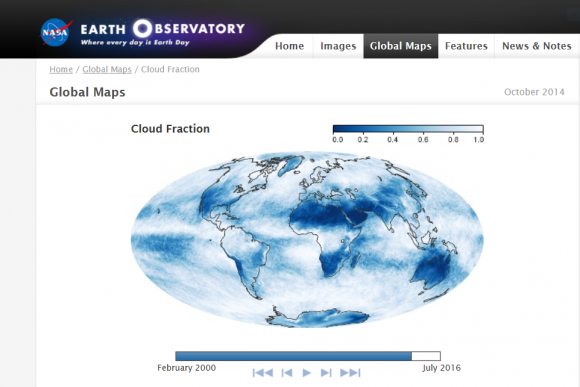
The GLOBE team has issued a challenge to any interested citizen scientists who want to use the app. Over the next two weeks, the team is hoping that users will make ground observations of clouds at the same time as a cloud-observing satellite passes overhead. “We really encourage all citizen scientists to look up in the sky and take observations while the satellites are passing over through Sept. 14,” said Kohl.
The app makes this easy to do. It informs users when a satellite will be passing overhead, so we can do a quick observation at that time. We can also use Facebook or Twitter to view daily maps of the satellite’s path.
“Ground measurements are critical to validate measurements taken from space through remote sensing,” said Erika Podest, an Earth scientist at NASA’s Jet Propulsion Laboratory in Pasadena, California, who is working with GLOBE data. “There are some places in the world where we have no ground data, so citizen scientists can greatly contribute to advancing our knowledge this important part of the Earth system.”
The app itself seems pretty straightforward. I checked for upcoming satellite flyovers and was notified of 6 flyovers that day. It’s pretty quick and easy to step outside and take an observation at one of those times.
I did a quick observation from the street in front of my house and it took about 2 minutes. To identify cloud types, you just match what you see with in-app photos of the different types of clouds. Then you estimate the percentage of cloud cover, or specify if the sky is obscured by blowing snow, or fog, or something else. You can also add pictures, and the app guides you in aiming the camera properly.
The GLOBE Observer app is easy to use, and kind of fun. It’s simple enough to fit a quick cloud observation in between selfies and meal pictures.
Download it and try it out.
You can download the IOS version from the App Store, and the Android version from Google Play.


